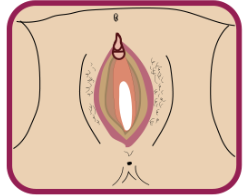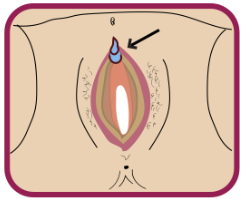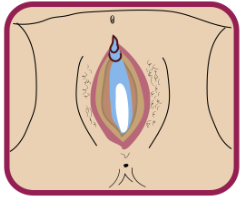What is FGM/C?
Female genital mutilation/cutting (FGM/C) is “any partial or total removal of the external female genitalia or any other injury of the female genital organs for non-medical reasons.”1 The practice of FGM/C is not limited to a few regions in the world. As of January 2020, evidence of FGM/C was found globally in at least 92 countries.2,3 Both traditional practitioners and birth attendants as well as professional health care providers perform the cutting.4,5 FGM/C is a practice that predates Abrahamic religions and is not rooted in any one religion despite common beliefs that it is.3 Girls who do not undergo mutilation/cutting can face community shaming and diminished marriage prospects.6 Different cultures use different words to describe the procedure.
Girls are cut anytime between birth and 15 years old.1 When girls are old enough to remember the cutting, it can leave devastating effects on their mental health. The procedure has been universally condemned by international human rights organizations because it severely harms the health of women and girls throughout their lifetime.1 FGM/C carries both short and long-term consequences, including severe pain, post-traumatic stress disorder, chronic infections, and birth complications.7
Types of FGM/C
No FGM/C
Type 1:
Clitoridectomy refers to the partial or total removal of the clitoris and/or the prepuce.
Type 2:
Excision is when the clitoris and/or the labia minora are removed.
Type 3:
Infibulation occurs when the vaginal opening is sealed by cutting and repositioning the labia minora and/or the labia majora, with or without the excision of the clitoris.
Type 4:
All other damaging procedures done to female genitalia for nonmedical reasons (e.g., pricking, piercing, incising, scraping, cauterization)
Prevalence of FGM/C
Refer to our information factsheet for a general overview of FGM/C in the U.S. FGM/C Factsheet
This toolkit was produced by George Washington University with under 2020-V3-GX-K009, awarded by the Office for Victims of Crime, Office of Justice Programs, U.S. Department of Justice. The opinions, findings, and conclusions or recommendations expressed in this presentation are those of the contributors and do not necessarily represent the official position or policies of the U.S. Department of Justice.






